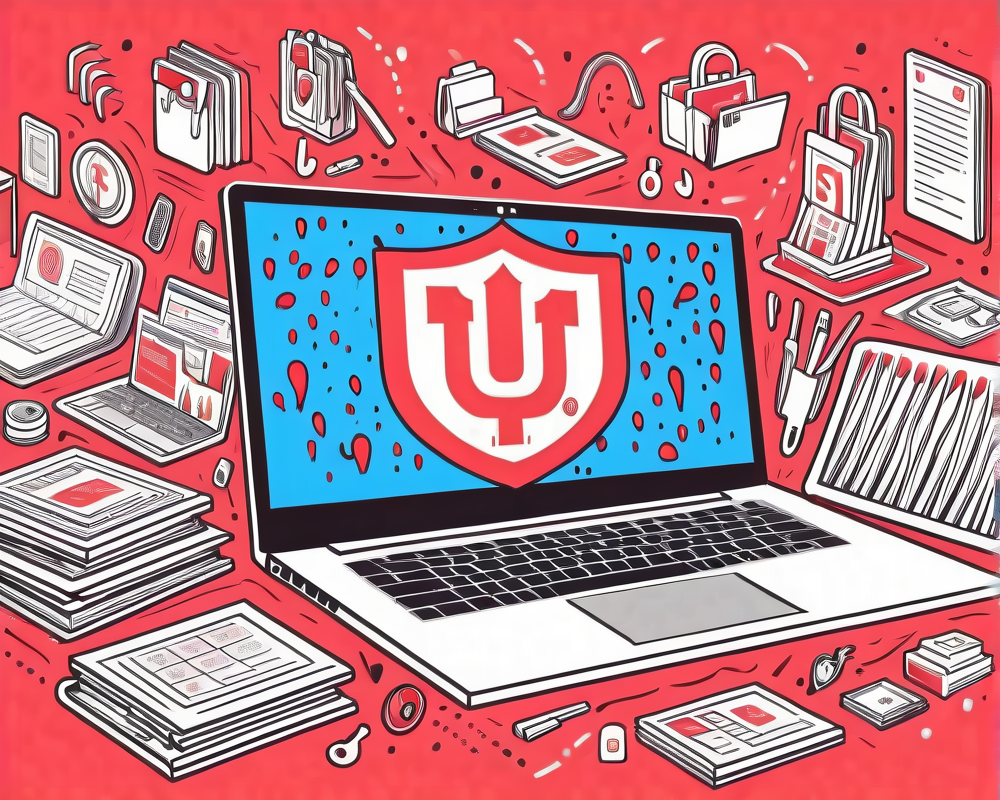The Attack that Spooked the Beehive State
On July 19, the University of Utah’s College of Social and Behavioral Science faced a cyber nightmare: a ransomware attack. Like a college student missing their alarm, the impact was sudden and alarming. The university quickly took action, pulling essential servers offline and leaving many computers looking like they were stuck in a never-ending loading screen for several hours.
Paying the Cyberbully: A Financial Thriller
In a tense internal meeting, university officials decided that rather than risking a data leak feast—where sensitive information could serve as buffet for nefarious actors—they would work with their cyber insurance provider to pay a hefty ransom of $457,059. Think a financial thriller meets a caper movie, but without the Hollywood budget. Fortunately, part of that damage was mitigated through insurance, but the rest came out of the university’s pocket.
Sticks and Stones vs. Ransomware
Meanwhile, in a plot twist reminiscent of a Netflix docuseries, other institutions like Michigan State University have also faced ransomware threats. In early June, the NetWalker gang took aim at MSU, attempting to leverage pressure through student records and financial documents. MSU officials, channeling their inner resistance heroes, chose to stand firm and let the attackers know they were not interested in playing their game.
A Broader Problem: Ransomware on Campus
It’s not just a one-off incident, folks. The trend of ransomware attacks on educational institutions has been on the rise. Cointelegraph reported on June 3 that three other universities also caught the hunting eyes of the NetWalker group. It feels like cybercriminals have taken a liking to academia, but thankfully, universities are increasingly investing in their cybersecurity measures.
Lessons Learned: Cyber Resilience for the Future
As the digital landscape grows more complex, it’s crucial for universities and other organizations to bolster their cyber defenses. The U of U’s experience serves as a wake-up call and a reminder that investing in cybersecurity is no longer optional—it’s essential. As they patch up their systems and learn from this incident, let’s hope other institutions can learn a lesson or two about precaution, response, and resilience. After all, nobody wants to wake up to discover their files have been abducted by digital pirates!















+ There are no comments
Add yours